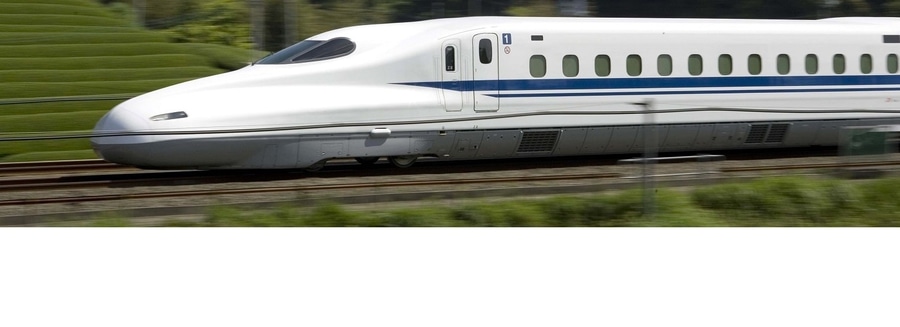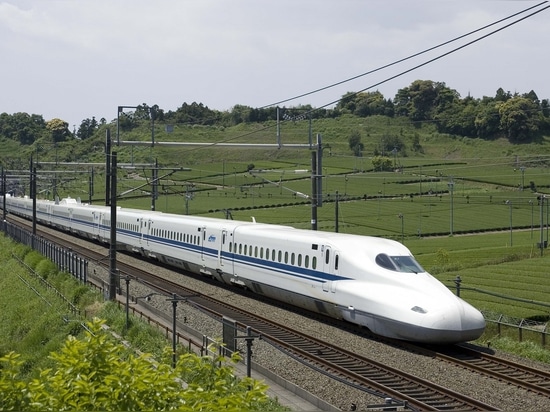
#LANDSCAPING AND URBAN PLANNING PROJECTS
Japanese-style bullet train in Texas on track for late 2017 groundbreaking
Japanese-style bullet trains zipping passengers between Houston and Dallas in less than 90 minutes at a top speed of 205 mph?
While much attention has been paid to California’s high-speed rail project currently under construction, Texas could become the first state to begin running 200 mph-plus fast trains. Texas could possibly beat the Golden State by two years by breaking ground at the end of next year and opening to the public in 2020. California’s initial operating segment (IOS) from Madera to Bakersfield is expected to go online in 2022, while phase one from San Francisco to Los Angeles is expected to open in 2029 with a top speed of 220 mph and travel time of two hours and 38 minutes.
Texas Central Railway, the private company that is developing the high-speed rail line between Houston and Dallas/Ft. Worth, is planning to use trains based on the N700 Series Shinkansen, the rolling stock that has operated in Japan since 2007. The train series was developed by JR Central and JR West with tilting capability.
The multi-billion dollar project is projected to employ around 10,000 people per year during the design and construction phases and create 1,000 new jobs once the rail line is operational. Studies have shown that the project would pour $4.3 billion into the region during the construction phases and $352.4 million each year once operation begins.
In a letter sent to the Surface Transportation Board last month, the National Association of Railroad Passengers (NARP) expressed its support for the project, stating that “the Texas Central initiative is an important demonstration of the role private capital can and must play in building our new transportation economy, and is thus an important private project of national significance, introducing a new high-speed rail option between the two largest metropolitan regions in Texas. Connecting these two regions by passenger rail for the first time will have a significant, positive effect on the entire interstate rail network.”

